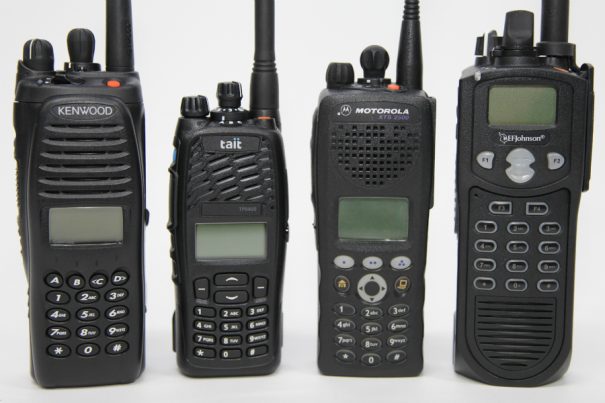Five must-have communications devices for any emergency
Friday, May 26, 2017 by Tim Wesley
http://www.bugout.news/2017-05-26-5-must-have-communications-equipment-for-any-emergency.html

It’s crucial that you have the right communication equipment during emergency situations. Your ability to communicate with the right people can spell the difference between life and death. Having the right communications tool can save you during times of crisis. That being said, there are five essential communications devices you must have during emergency situations, according to SecurityandSelfReliance.com.
- NOAA emergency radio with specific area messaging encoder – This device will alert you of any impending weather disturbance or hazard that’s specific to your area. It filters data so you only receive specific, timely information to help you can effectively prepare for disaster.
- Battery-powered AM/FM radio – Emergency situations sometimes mean going back to the basics. That’s why a battery-powered radio is a crucial when prepping for a disaster. You can rely on it to operate even without electricity. There are even models that are solar-powered or cranked by hand, which can last for days.
- Scanner radio – A scanner radio can scan for and locate channels that may offer a lifeline during times of emergency. This does more than receive police and emergency calls; you can also use it to listen to amateur, utility, military, and family radio service channels. It can also pick up two-way radio signals. It comes in different forms: handheld, in-dash, under-dash, and home radio. It’s useful when calling out for help because it can pick up signals from as short as a few feet to thousands of miles. You can also monitor UHF, VHF, and WFM frequencies.
- Two-way radio – A two-way radio creates a private communication line between people who are tuned in on the same channel, letting you keep in contact with your group during emergencies. You can rely on this to communicate with the outside world since it operates without electricity and doesn’t depend on telephone lines or cell towers. When choosing a two-way radio, make sure to pick one that accommodates the common battery and has a rechargeable pack. Additionally, look for something that allows you to scan a large number of channels.
- Portable shortwave radio – A shortwave radio can communicate over long distances — you can listen to broadcasts from other countries — and in real time. You can listen to stations that are hidden between the usual AM and FM band on frequencies from about three to 30 Mhz. This is ideal during disasters that are extensive, as you would need to stay updated on the scope of damage, available relocation sites, and/or relief efforts. A portable shortwave radio is easy to carry and can be battery- or solar-powered. When looking for one, make sure that it can access a wide range of frequencies, offers multiple modes, has an analog display, and comes with a built-in antenna.
Other essential survival tips to consider:
- Fully charge all equipment.
- Have spare batteries.
- Keep important documents in a safe place.
- Create a list of emergency phone numbers in your cellphone and on a piece of paper or in a notebook.
- Have at least one cordless phone at home because it will still work when the power is out.
- Create a family contact sheet and include at least one person who can be easily reached during an emergency.
- Forward your home phone number to your cellphone in case you need to be evacuated or relocated.
Communication is essential in a disaster. If you prepare accordingly, you will come out of any emergency situation unscathed. With the kind of technology available to us, it should be easy to create contingency plans for your family.
Sources include:
Tagged Under: Tags: communication tools, disaster preparedness, emergency equipment, emergency survival kit

